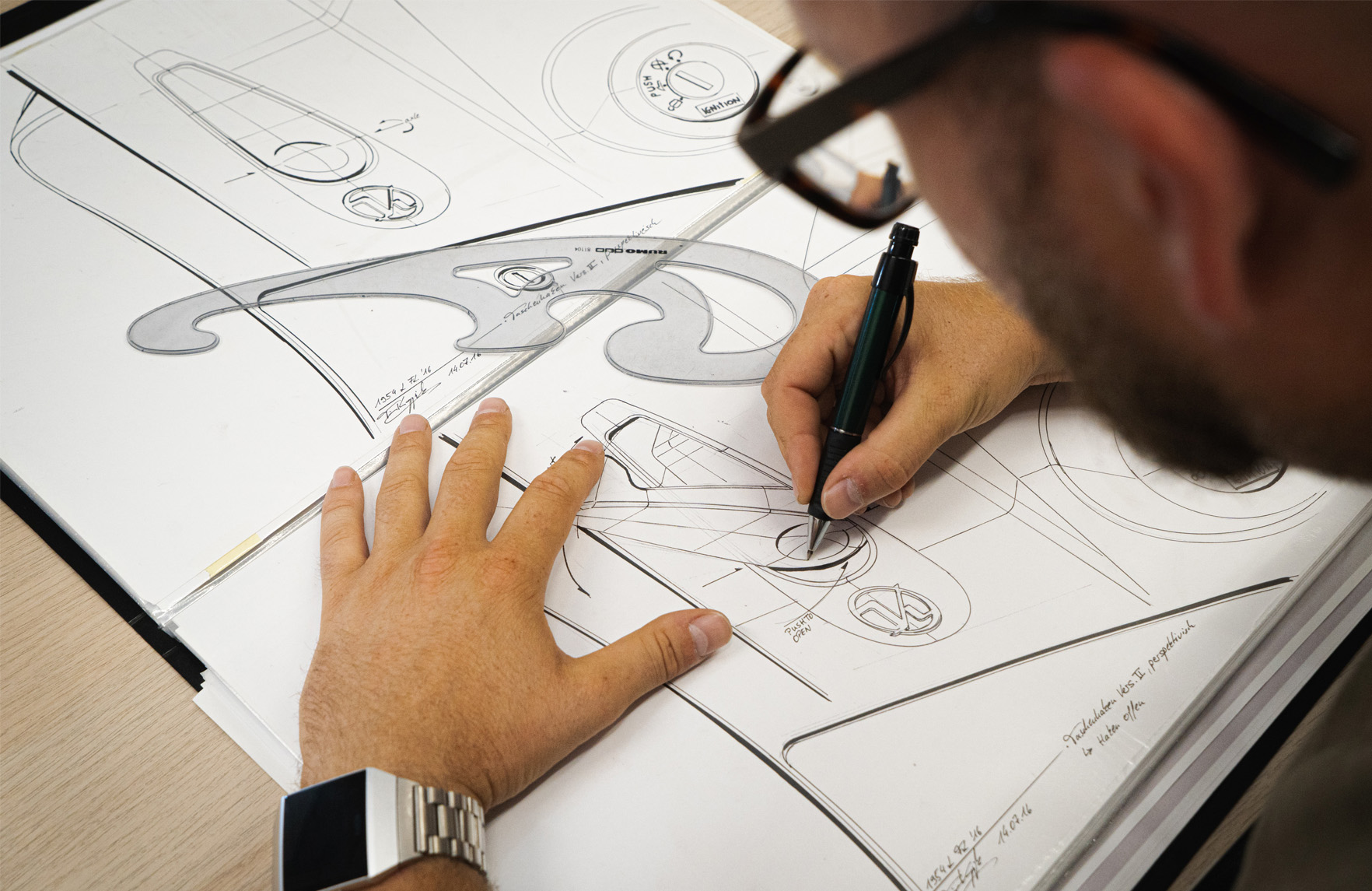For a creation to be conceived and registered as an industrial design, its manufacture must meet specific requirements set forth by the Industrial Property Law.
Thus, this text will present the main requirements of the legislation for the constitution of industrial design, as well as its characteristics, concept, and applications in practice.
In general, industrial design, under the terms of article 95 of the LPI, consists of a modification to the object that makes it visibly different from another product.
Its legal stipulation by the Industrial Property Law allows the design to have several similarities with other industrial and intellectual property forms.
This modification is intended to innovate, not to bring improvements and repairs to a given pre-existing design.
However, there are also legal peculiarities, which will be presented below, mainly concerning its registration.
FORMS OF PRESENTATION

The forms of presentation consist of the materialization of this drawing. For example, how it is presented and manipulated according to its purposes.
There are two forms of presentation:
Ornamental patterns: they are quite common in everyday life, as they refer to prints and graphic ornamentation, which are two-dimensional.
Applied Configuration: these are three-dimensional shapes, such as a bottle of a product.
In addition to the forms of presentation, these drawings have important legal characteristics to be considered both for their existence and for proper legal registration.
LEGAL CHARACTERISTICS
It is worth noting that this registration is not to be confused with a patent, although it has similar characteristics to a patent right.
A similarity lies in the fact that the registration is necessarily valid for at least 10 years.
However, this registration can be extended three times, five years each. For example, the term of validity of the industrial design registration can be extended from 10 to 25 years.
Next, the legal requirements for creating an industrial design will be presented.
LEGAL REQUIREMENTS
First of all, it is vital to meet the legal requirements since they are essential for the registration of the design.
These requirements are taken from the very concept of industrial design, provided by article 95 of the LPI, in addition to its legal purpose.
In the initial design, drawings mainly need:
- Being a novelty: there is a need to have a distinctive visual configuration, that is, to be visually different from previous objects.
- Be original: it must be different from anything that exists up to the date of filing for registration.
- Being a type of industrial manufacture: in this case, works of a purely artistic nature do not apply to drawings but to copyright.
- Be lawful: if the design is not lawful, it will be considered not registerable.
In general, the requirement of lawfulness occupies the most important place and also the greatest chance of doubts for those individuals who wish to carry out and register an industrial design.
In this sense, the law does not have an exhaustive list of which facts are lawful or not. However, article 100 of the LPI establishes criteria for analyzing this lawfulness.
According to this article, designs cannot be registered that:
- Offend morals and good customs, the image of people and/or violate fundamental freedoms.
- Give ordinary meaning to the object.
- Distort, by appearance, the function of the object.
- Furthermore, regarding the need for originality and novelty in a design, there are hypotheses of those that are created inspired by patented ideas.
In these cases, during the patent’s term, only the patent owner will be able to make a design inspired by that property.
Therefore, after the expiration of the term of this patent, anyone will be able to carry out the design with inspiration.
In general, these are the primary considerations of industrial design. Keep following our blog and follow our Instagram for more content.

